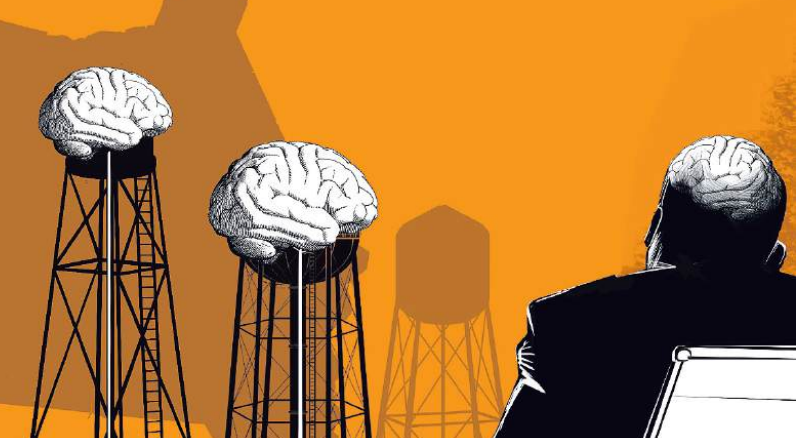
ROUGHLY 20 years ago, and at a time when America was far friendlier to foreigners than it appears to be at present, I had the good fortune of attending a number of meetings with American think tanks both in New York and in Washington DC.
Well, what impressed me most was the capacity the resident scholars at the American think tanks had for projecting, not just a few years ahead, but decades ahead, to assess the threats and opportunities that potentially lay ahead for their country.
Not that they got everything right. For example, none of them had even remotely speculated roughly five years earlier that a monumental tragedy like the terrorist attacks of “September 11” might descend on their country.
But in their capacity for data-driven forecasts; for analysing global trends; and for proposing solutions to the problems, which had already been identified: there was much to be admired there.
Now, Kenya has quite a few state-supported think tanks. Maybe there are private sector-supported think tanks too; if so, I know nothing about them. But given that the era of globalisation (specifically, free trade with minimal tariff barriers to exports) is now at an end, we will need to rethink what paths to prosperity yet remain open to us. Just to be clear what I mean, let me explain that, for many years now all rational plans for our national prosperity have been based on the intended imitation of the singular achievement of China over the past few decades.
In what many consider to be the greatest economic miracle since the dawn of creation, China managed to lift 800 million of its citizens out of poverty, by and large within a single generation.
In the process it moved from being a nation of mostly poor subsistence farmers, to a highly industrialised economic powerhouse. Africa, to this day, remains a continent of mostly poor subsistence farmers. So this achievement by China has haunted the imaginations of enlightened African policymakers for years. Africa currently has a population of about 1.5 billion people, not all of whom are dirt poor farmers, but a very large number of them are: an estimated 40 per cent of the African population lives below the poverty line.
So if Africa had 800 million people lifted out of extreme poverty, that would remove those 40 per cent from the list of those living below the poverty line, and this would eff ectively be the end of poverty on the continent.
Effective think tanks are supposed to be able to come up with possible solutions to just such seemingly intractable problems.
But the world, in which China achieved this economic miracle, is not the one we live in now. Chinese exports of manufactured goods to the US (and of goods often manufactured in factories initially set up in partnership with American corporations) were a key factor in China’s rise to widely shared prosperity.
This kind of export-led growth that takes advantage of cheap labour in developing countries has been substantially kneecapped by US President Donald Trump’s new policy of imposing ruinous tariffs on virtually all exports to the US.
Consider for example, the African Growth and Opportunity Act, which provided African countries with tariff-free access to US markets, for various manufactured goods.
On the one hand, AGOA, which has been in existence for about 25 years, should have created about two million jobs by now.
But all the same, the roughly 200,000 jobs it has created, mostly in garment factories, is not an achievement to be sneered at It is now time for Kenya’s state-supported think tanks to step up and provide us with answers to this question: Those many garment factories were set up, mostly by foreign investors, in direct response to the opportunities created by AGOA: so unless AGOA is later exempted from President Trump’s sweeping tariffs, what are we to do with those 200,000 skilled machinists, who have been trained in the manufacture of garments to world-class perfection, when they suddenly find that they have no jobs?
Wycliffe Muga is a columnist

![[PHOTOS] Ruto inspects his Naivasha farm](/_next/image?url=https%3A%2F%2Fcdn.radioafrica.digital%2Fimage%2F2025%2F06%2F72a14e8a-a040-48e1-87b3-597dbca6d7c6.jpeg&w=3840&q=100)









